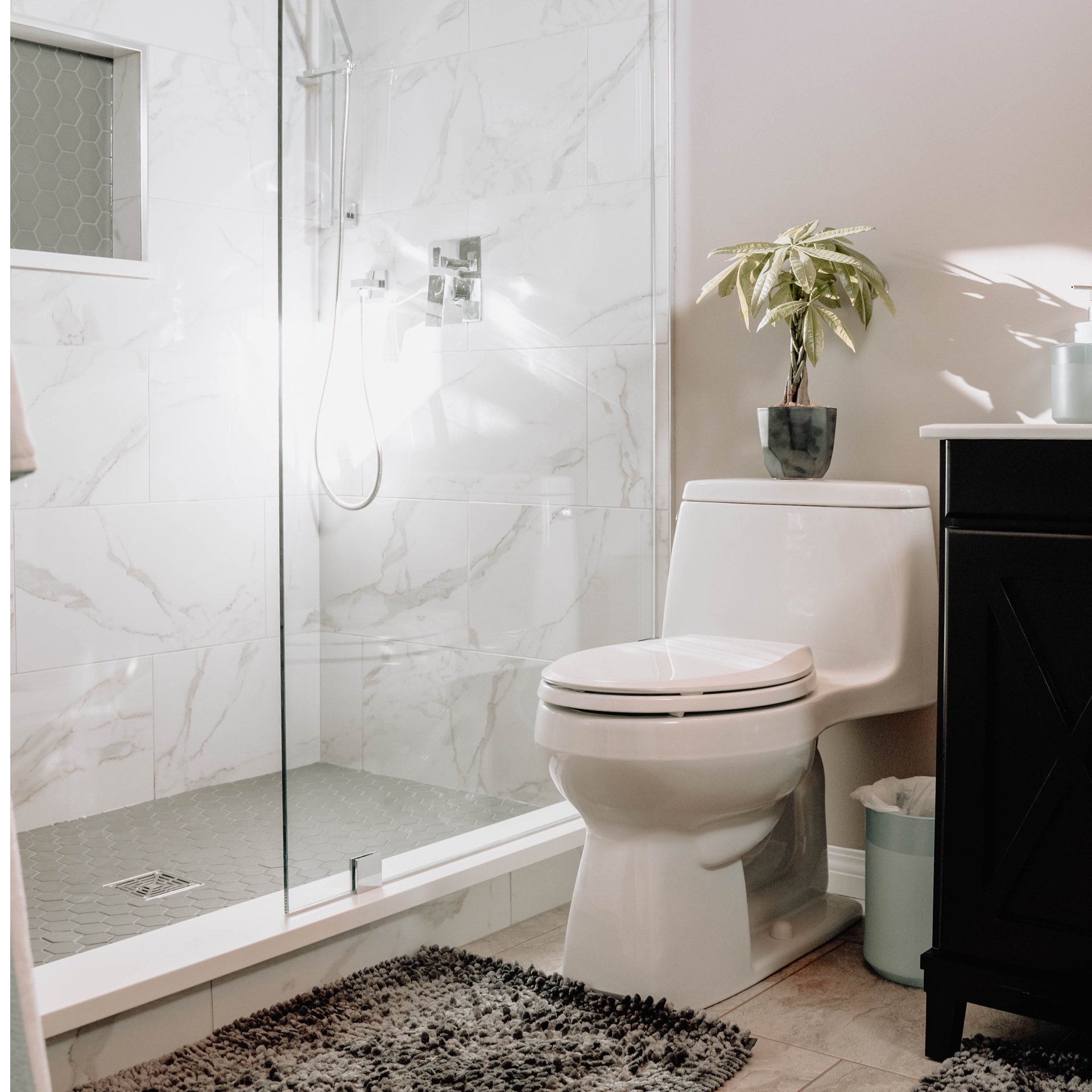Terrazzo
Key Considerations
- Joint locations
- Efflorescence control
- Material selection
- Durability
- Stain resistance.
- Strength.
- Resistance to abrasion
Design and Planning
- Engage a Consultant to:
- Assist in writing a terrazzo specific specification, detailing/workshop drawings and workmanship requirements.
- Conduct regular site inspections during the works to confirm conformity of the subcontract works to the Specification.
- Samples of the proposed terrazzo must be submitted for testing, the results to determine acceptability.
- Prototype example of the flooring installation must be constructed. It must be at least 1800 x 1800 mm and incorporate all items intended to be used in the project. The Consultant to view and sign off.
- Installation details and ongoing maintenance requirements must be provided by the manufacturer.
- Terrazzo tiles must:
- Having a wear layer after grinding of at least 8 mm
- Not less than 35 mm thick (cementious)
- Not less than 20mm thick (resin)
- Not less than 40mm thick (stair treads)
- Not brought to site unless it is more than 28 days old after manufacture.
- Be laid on a cured screed with adhesive (preferred) and avoid the use of the “wet lay” method
- Be delivered with spacers placed between the layers of the tiles on the pallet and then tied down and not wrapped to reduce the risk of cracking and/or delamination.
Beds and Screeds
Refer to section ‘Screeds and Acoustic Underlays’ under Ceramic / Porcelain.
Joints
- If proprietary metal expansion joints are to be used, avoid brass/bronze types where they are likely to experience wetting especially external areas.
- Provide perimeter joints to all floors.
- Floors must be subdivided into smaller bays by contraction joints at 6 metre intervals.
- On suspended slabs provide contraction joints over supporting members, e.g. beams, columns, etc.
- Joints should be grouted within two to three days after fixing.
Grouting
- Grouted floors should be left for at least three days or until grouted joints are thoroughly hardened before grinding commences and should be covered to prevent them from drying too rapidly.
- NOTE Some colours, particularly if black colour is used, require a longer curing period before grinding.
Multiplex Standard Details
3009 - Terrazzo Details - Joints, Typical Locations
3010 - Terrazzo Details - Joints, Type A
3011 - Terrazzo Details - Joints, Type B Seismic Rated by Latham SGAL PAVA Series
3012 - Terrazzo Details - Joints, Type B Seismic by Unison Model Si T
3013 - Terrazzo Details - Joints, Type C
3014 - Terrazzo Details - Joints, Type D
3015 - Terrazzo Details - Joints, Type E
3016 - Terrazzo Details - Joints, Type B Light Duty
3017 - Terrazzo Details - Joints, Cracked Concrete and Temporary Movement Joints (TMJ)
3018 - Terrazzo Details - Joints, Type F Contraction Joint
Document Control
Version 01, December 2020 - New section detailing the requirements for Terrazzo.







